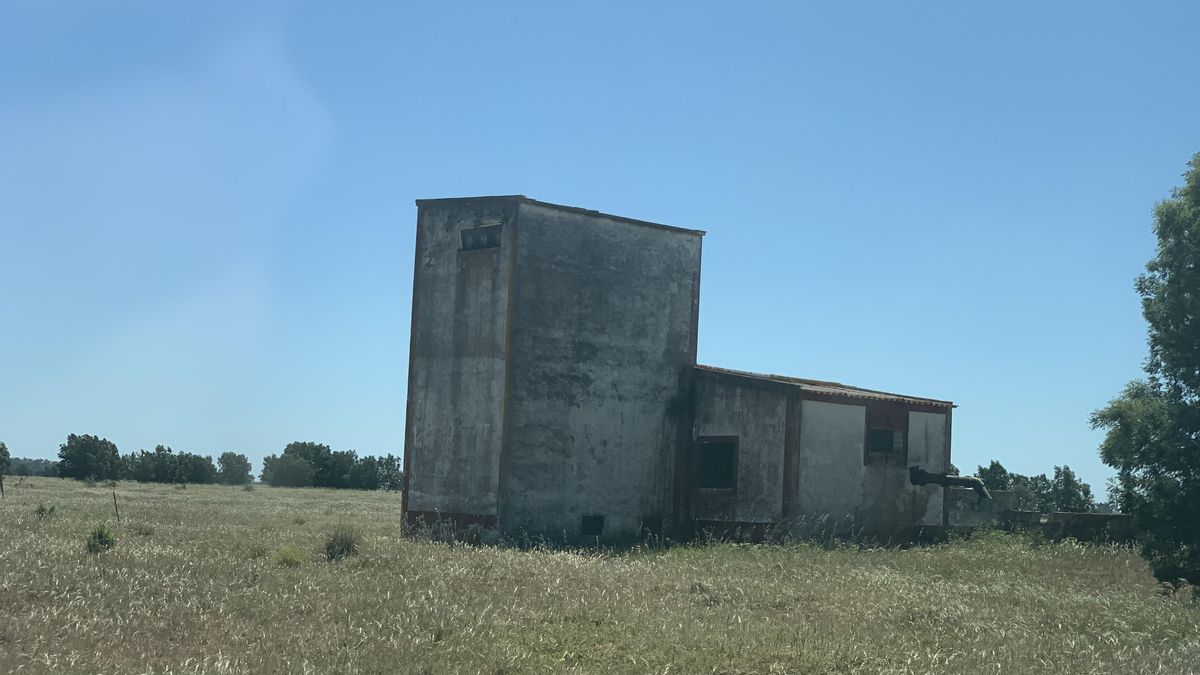It passed from private to public hands in 2015, well before the two-year war between the central and Andalusian governments over irrigation in Doñana, and a decade later the operation will be completed. The central Executive then put 50 million euros on the table to acquire Los Mimbrales, a huge 932-hectare farm in the municipality of Almonte with the right to extract 6.8 hectometers of water that, with the change of ownership, was no longer taken from the depleted aquifer. Now, after almost ten years, the circle is closed with a comprehensive green repainting of soils that will definitively say goodbye to their agricultural past.
The action is especially symbolic, because it is intended that this ecological resurrection will not only set the pace in Doñana, but also be a European example. In fact, it aspires to be a reference for how projects should be carried out under the nature restoration regulations recently approved by the European Union.
Los Mimbrales is an old agricultural estate with an area of 932 hectares, of which 550 were dedicated to the cultivation of citrus fruits and 77 to strawberries and blueberries. The project designed by Ministry for the Ecological Transition (Miteco) seeks a return to the origins of these lands, a renaturalization that aspires to become a benchmark for the application of solutions based on nature. For this, an investment of 5.8 million euros has been arranged and an execution period of 15 months.

Streams, ponds and lagoon
And how are these soils going to make this trip to the past? Well, to do this, old streams will be recovered, the drainage channels of the now defunct agricultural operation will be sealed and the temporary lagoon existing in this enclave will be restored, which will be accompanied by the renaturalization of the abandoned irrigation ponds. . Along with this, special native plants will be recovered, exotic plants will be controlled and limited and the complex will be enabled as a refuge for birds, rabbits and bats, in addition to reinforcing permeability and connectivity with the national park.
Ultimately, what is sought is to recover the ecological functionality of the farm. This involves resurrecting the original hydrological network (a complex network of several streams) and the associated ecosystems, which will in turn lead to an improvement in the quality of the water that flows into the Rocío marsh. When the property was acquired ten years ago, a project was launched to remove stumps and eliminate the existing agricultural crops, maintaining at this time a forest use that has allowed a certain natural regeneration of certain pioneer species, mainly jaguar, but also the expansion of exotic specimens.

So the first steps include the elimination of invasive species, such as eucalyptus (very present on the farm), acacia and common reed, which have gained a lot of ground from native plants. And if some leave others will arrive, especially cork oaks in humid areas and heather in Mediterranean scrub areas.
Shelters for birds, bats and rabbits
Of course, this does not mean that all eucalyptus specimens will be sentenced, since it has been detected that some of them are used by some of the protected species of birds of prey in the Doñana natural area. So the specimens and groups of trees with nests or that are being used as a watchtower will be saved.
And where there are birds of prey there must be rabbits, which are their main source of sustenance, a species that is scarce despite the many measures that have been developed to recover it in this environment. So the Los Mimbrales reforestation project includes enabling 10 points (piles) that serve as shelter from specific accumulations of thick wood remains and stumps from the eucalyptus trees that are removed. Circular in shape, they will be surrounded by plantations based on a mixture of leguminous cereals to attract these animals and have them settle permanently on the farm.

Another action involves eliminating most of the thirty buildings that are erected on these lands: tool warehouses, electricity towers, concrete slabs, boxes… Many of them are semi-ruined and others are preserved in good condition, some of them which will be preserved after verifying that they have ideal conditions for the nesting of some species of birds.
Specifically, three buildings have been selected for rehabilitation, which have a tower-shaped structure with an attached box. The idea is to prepare them as a refuge for different species of birds (including owls, kestrels, hoopoes, owlets and rollers) by installing nest boxes on the facades. In addition, the same will be done with four bat shelters that will be located near each of the irrigation ponds that will be naturalized.
#Goodbye #greenhouses #comprehensive #green #repainting #farm #Doñana #irrigation



